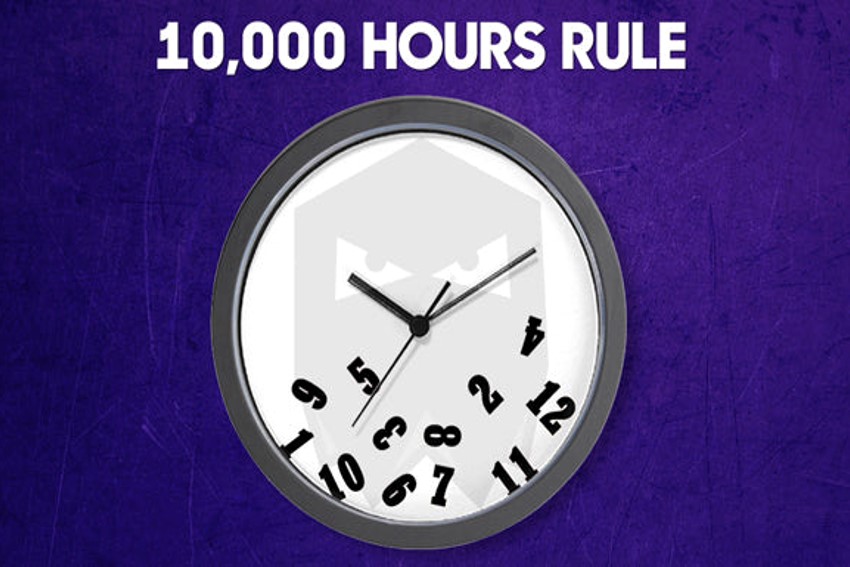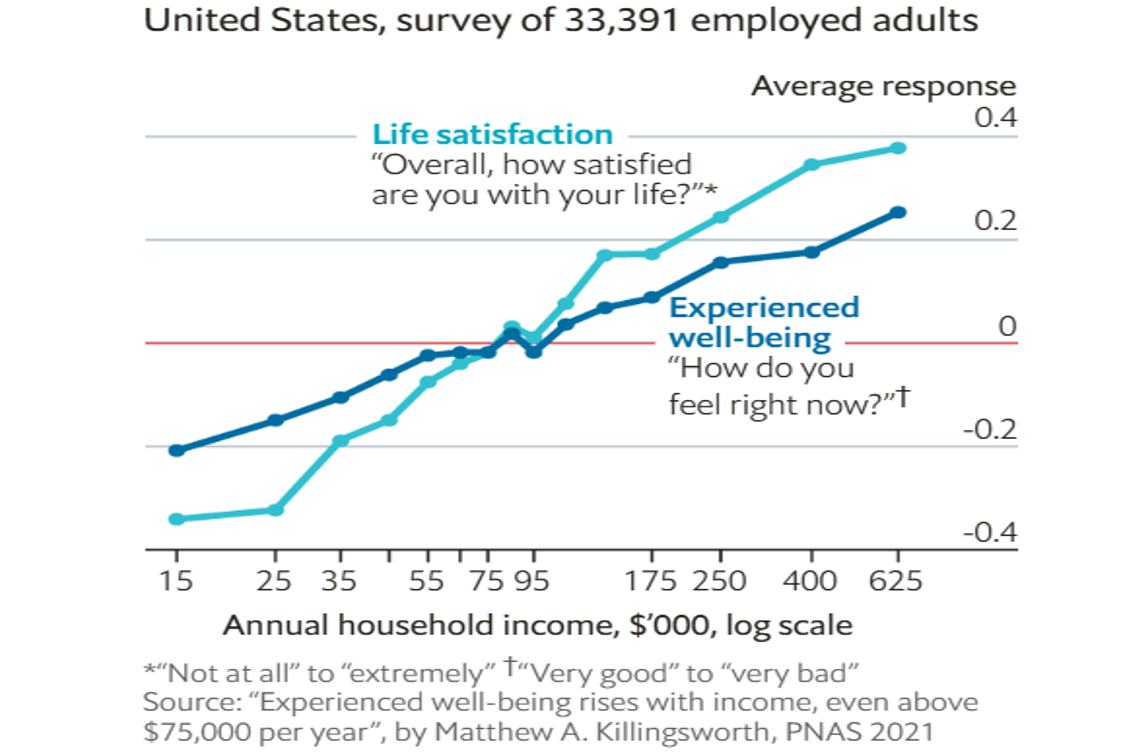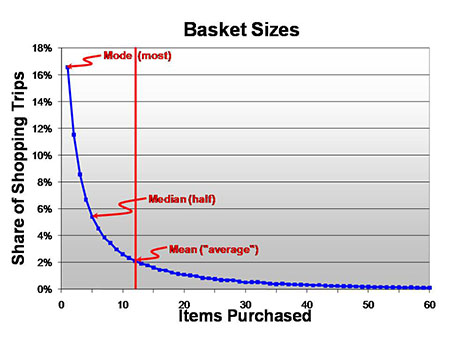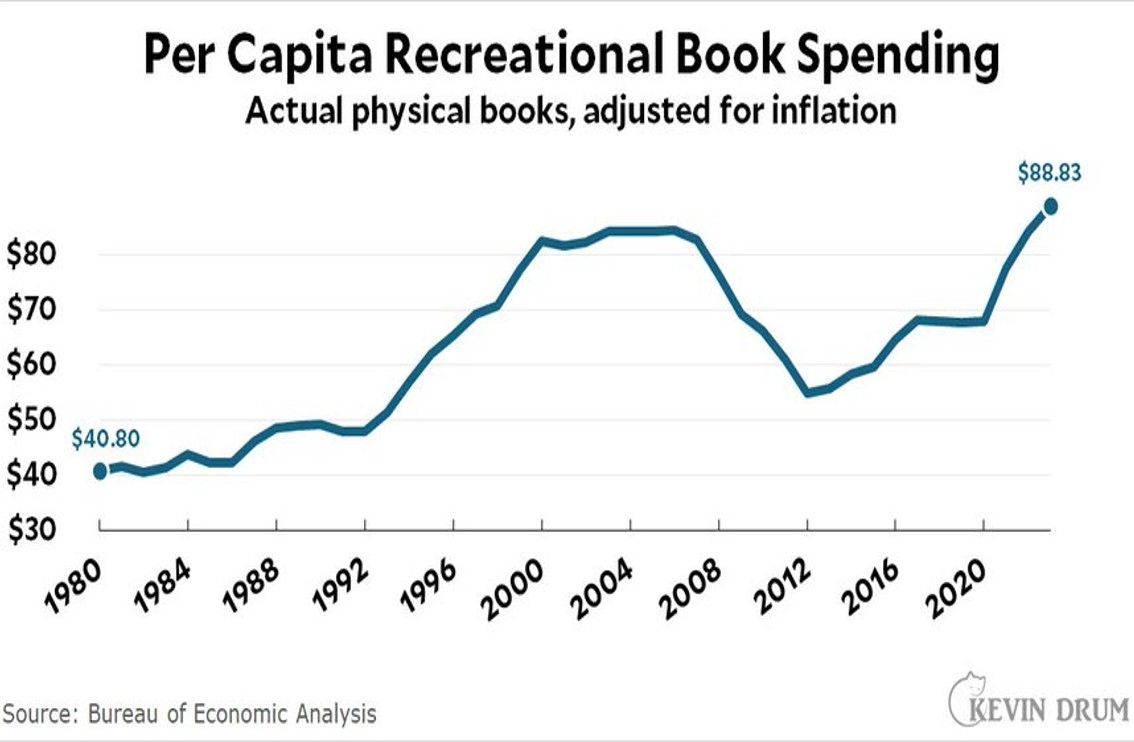This idea, popularised by Malcolm Gladwell, is right in suggesting that expertise doesn’t come overnight. But it’s based on one specific example (elite violinists) and isn’t a universal rule. Separate studies have shown that the number of hours to reach master status in chess ranges from 728 hours to 16,120 – meaning some players need 22x more practice hours than others to reach the same skill level.
Myths that aren’t true
Our understanding of the world is often based on fiction.
The true figure is closer to 40%, at least in the UK. And it’s only going down, due to fewer wives filing for divorce during the first decade of marriage.
An alluring headline that is riddled with problems. Firstly, it’s not statistically true. According to the US Bureau of Labor Statistics, approximately 50% survive at least five years, about one-third make it to ten years or more, and about 20% live 20 years or longer. Secondly, many businesses shut for positive reasons: family circumstances change, better opportunities arise etc. And some companies close down but are able to pay their debts.
Actually, bulls are colourblind to red, so it’s not the bullfighter’s cape that makes them angry – it’s the movement of the cape.
The company did start using Santa in advertising in 1933. But Santa had been portrayed almost exclusively in red from the early 19th century and most of his modern image was put together by cartoonist Thomas Nast in the 1870s. In fact White Rock beverages had used Santa to advertise its ginger ale in 1923.
Actually, London gets 562mm per year on average: a bit less than Malta (592mm) and Rome (586mm), and about half of the annual average of Sydney (1,222mm) or New York (1,059mm).
If only virality was possible. In 2012, Yahoo researchers studying the spread of millions of online messages found that more than 90 percent of the messages didn’t diffuse at all. A tiny percentage was shared more than seven times, but nothing really went fully viral. The hard truth is that to reach lots of people, you have to actually reach them all at once (think Superbowl).
It has been popularised by Shakespeare, Tom & Jerry and many others, but in reality mice don’t have a strong preference for cheese. They prefer sweet foods, such as fruits or grains. So think twice before setting your next mouse trap.
The aphorism was seemingly proven in 2010, when economists found no increase in well being above an annual income of $75,000. But the research was flawed – in how the data was collected and how the questions were asked – and when it was revisited in 2023 the conclusion changed: well being and life satisfaction continued to rise with income, even past $500,000.
In fact they’re very rare. Panel data shows that the most common number of items purchased in a supermarket is one, with half of all trips buying 5 or fewer items.
And yet we’re spending more on books than ever before. And before you ask, there has been close to zero book inflation in the same period (i.e. prices have stayed the same).
You often hear it has declined from 12 seconds in the year 2000 to eight seconds now. The problem is that the statistic has no reliable source, and the very concept of attention span is misleading given it is task dependent. After all, it didn’t stop people watching the entirety of Baby Reindeer in one go.
It’s not hard to find iconic slogans that break this rule. FedEx (When It Absolutely, Positively Has to Be There Overnight), Patek Philippe (You never actually own a Patek Philippe. You merely look after it for the next generation), Avis (We’re number two, so we try harder), MasterCard (There are some things money can’t buy. For everything else, there’s MasterCard). Sometimes a few extra words creates a memorable rhythm.
It conjures imagery of macho men, road rage, and violence, but there is no direct link between the hormone and aggression. Instead, testosterone causes us to seek social status. This is why studies find a link between testosterone and pro-social behaviour, like generosity.
It’s certainly a societal issue, but it’s not getting worse. Research from Brunel University has shown that the proportion of people experiencing chronic loneliness has remained steady for 70 years, with 6-13% saying they feel lonely all or most of the time. Yes, it’s true that more people are living alone around the world, but loneliness and aloneness are not the same – the most restful activities, like reading and listening to music, are all done alone.















